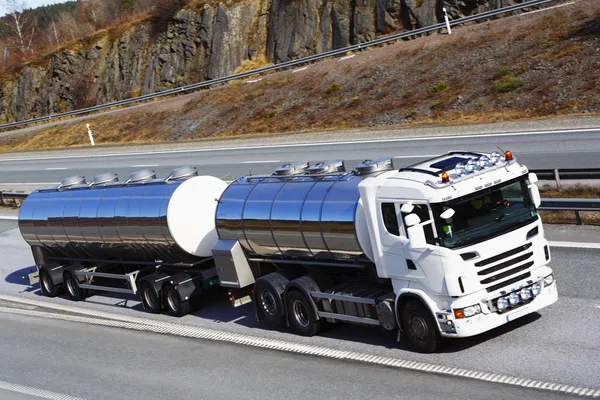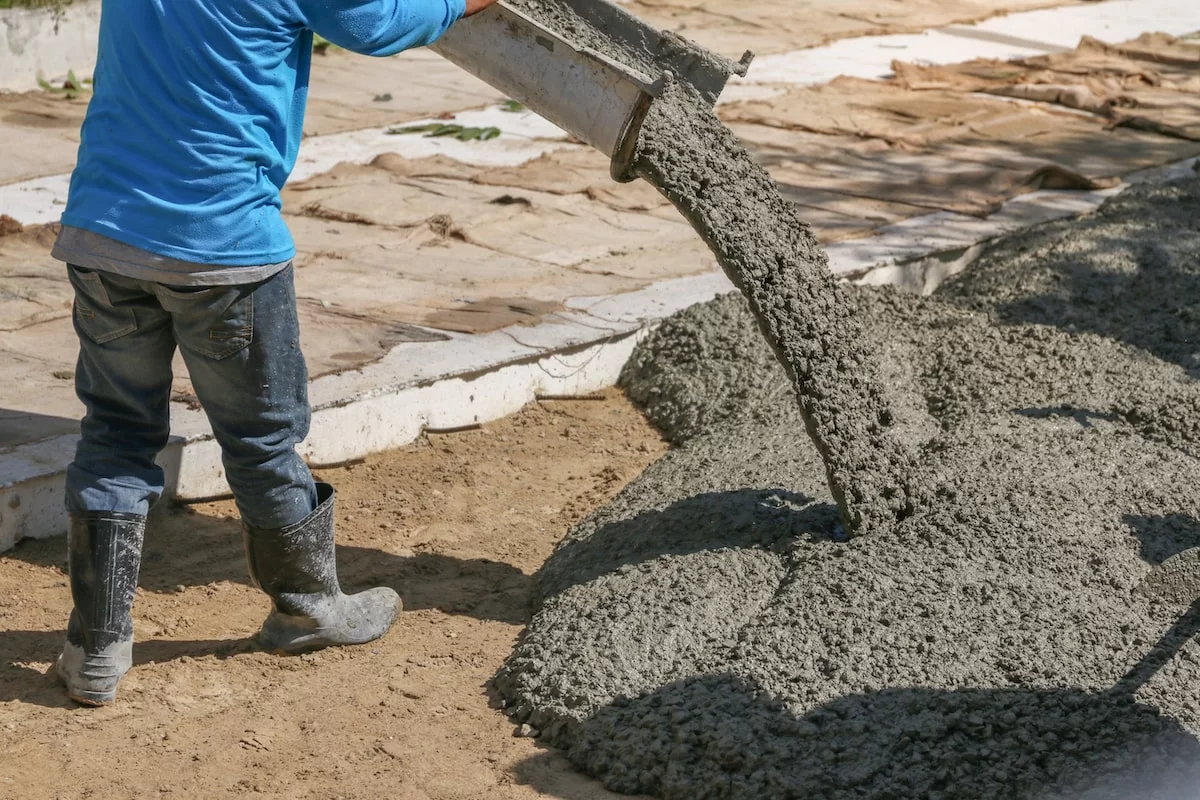In the consistently developing scene of energy, a change in perspective is in progress as creative arrangements arise to reclassify comfort. Fueled for Progress remains at the front of this upheaval, introducing a dream where energy is not simply a need however a consistent and enabling experience. Gone are the times of awkward cycles and restricted decisions; the fate of energy is set apart by openness, productivity, and manageability. At the center of Fueled for Progress is a pledge to making energy utilization easy for people and organizations the same. The customary model of getting energy has frequently been a complicated trap of regulatory obstacles and hazy estimating structures. This is where the organization moves toward, improving on the whole interaction by utilizing state of the art innovation and information driven experiences. Through an easy to use stage, clients can now explore the complexities of energy utilization no sweat. The time of dark service charges and befuddling taxes is supplanted by straightforwardness and lucidity, returning the capacity to the hands of purchasers.

Chasing accommodation, Fueled for Progress has embraced a variety of fuel sources that go past the traditional. Sustainable power, when thought about a specialty elective, is currently flawlessly incorporated into the organization’s contributions. Sunlight based, wind, and other practical sources are tackled to make a differentiated energy portfolio that takes special care of the developing interest and lines up with natural stewardship. The organization perceives that progress in the 21st century is not simply estimated in benefits yet in addition in the positive effect in the world. By focusing on perfect and efficient power energy arrangements, fort worth tx fuel distributor Fueled for Progress support a future where success and natural obligation remain closely connected. Besides, the organization figures out the unique idea of the advanced way of life. Comfort is not just about openness; it is additionally about versatility.
Fueled for Progress embraces shrewd advances that engage customers to screen, control, and improve their energy utilization continuously. From shrewd meters that give nitty gritty bits of knowledge into use examples to robotized frameworks that change energy settings in light of client conduct, the organization guarantees that clients are mindful of their energy use and in charge of it. This degree of personalization improves comfort and adds to energy proficiency, decreasing waste and limiting the carbon impression. In the domain of corporate obligation, Fueled for Progress goes past the value-based parts of energy arrangement. The organization effectively participates in local area drives, advancing energy education and supporting activities that upgrade admittance to clean energy in underserved regions. By encouraging a feeling of social obligation, Fueled for Progress endeavors to make a gradually expanding influence, moving people and organizations the same to embrace economical practices.
